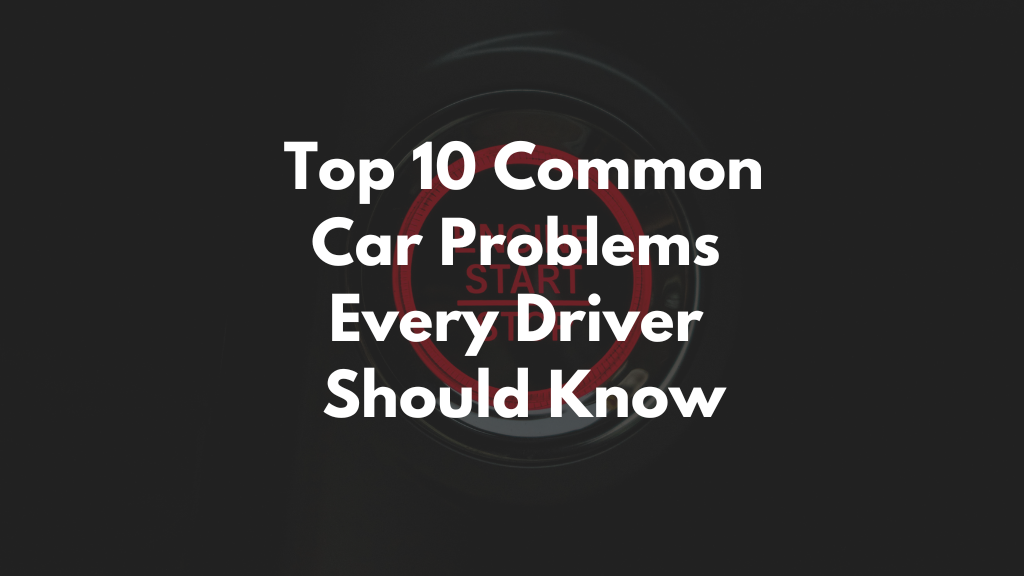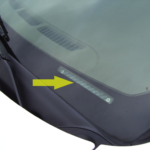Owning a car comes with its fair share of responsibilities, including being vigilant about potential issues. Recognizing common car problems can save you time and money, ensuring your vehicle remains in good working condition. This listicle delves into the ten most frequent issues encountered by drivers, helping you to identify and address them early.
1. Battery Issues
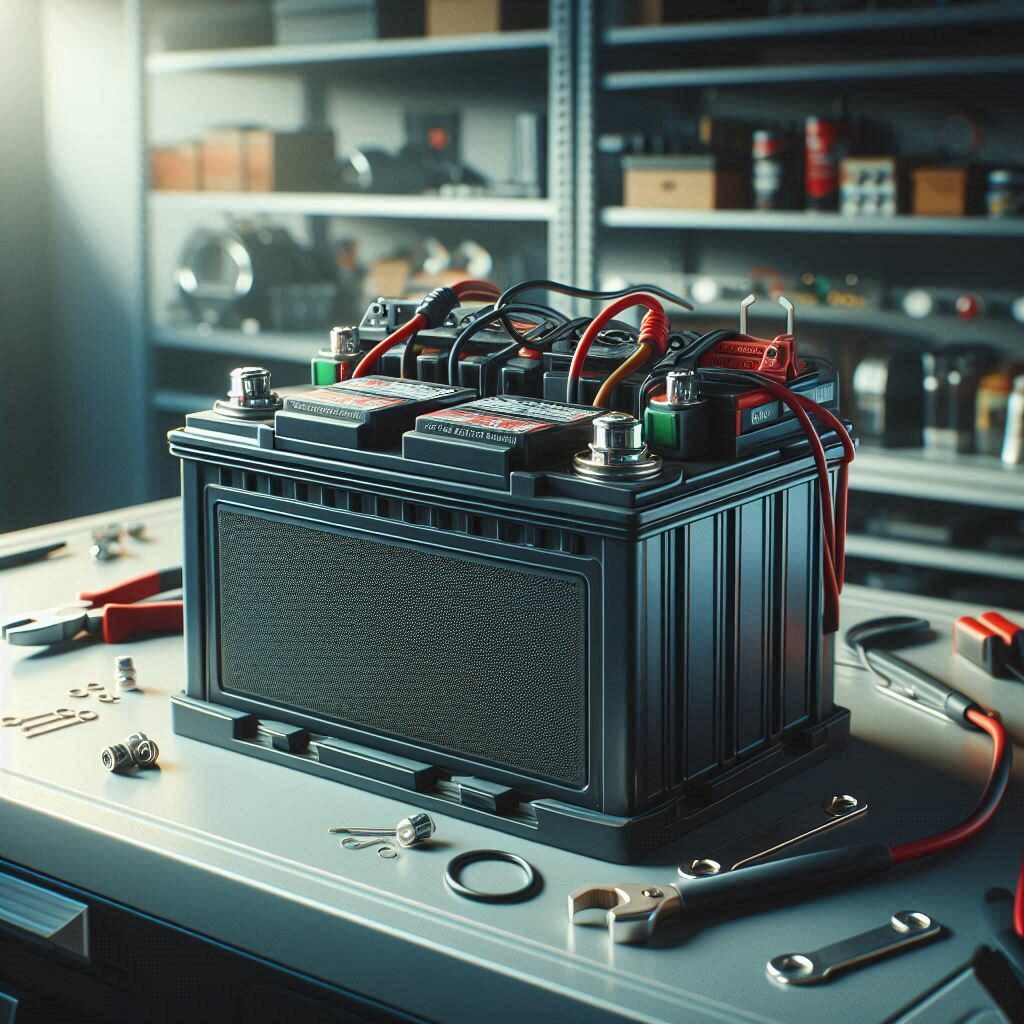
Example: Older Nissan Leaf models are sometimes noted for battery degradation issues.
What to Look Out For: Slow engine crank, warning lights, and swollen battery case.
Why It’s Important: Battery failures can strand you unexpectedly. Regular checks and timely replacements ensure your car starts reliably every time.
2. Brake Problems
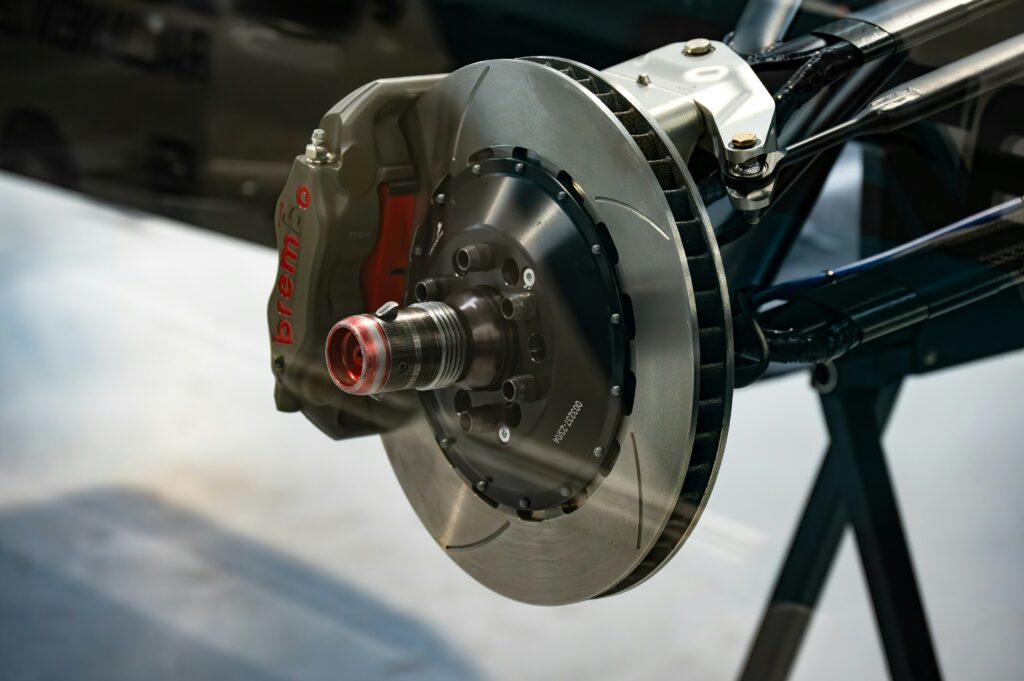
Example: Honda Accord has been reported for premature brake wear.
What to Look Out For: Squeaking noises, longer stopping distances, and vibration during braking.
Why It’s Important: Effective brakes are crucial for safety. Addressing wear and tear promptly can prevent more severe damage or accidents.
3. Engine Overheating

Example: BMW X5 has faced issues with coolant leaks leading to overheating.
What to Look Out For: Rising temperature gauge, steam from the hood, and engine warning lights.
Why It’s Important: Overheating can cause significant engine damage. Maintaining the cooling system and addressing leaks immediately can save the engine.
4. Flat Tires

Example: Chevrolet Silverado is known for tire pressure issues due to its TPMS (Tire Pressure Monitoring System).
What to Look Out For: Loss of air pressure, visible tire damage, or vibration while driving.
Why It’s Important: Regular tire inspection and maintenance, including pressure checks and rotations, can prevent flats and blowouts.
5. Transmission Issues
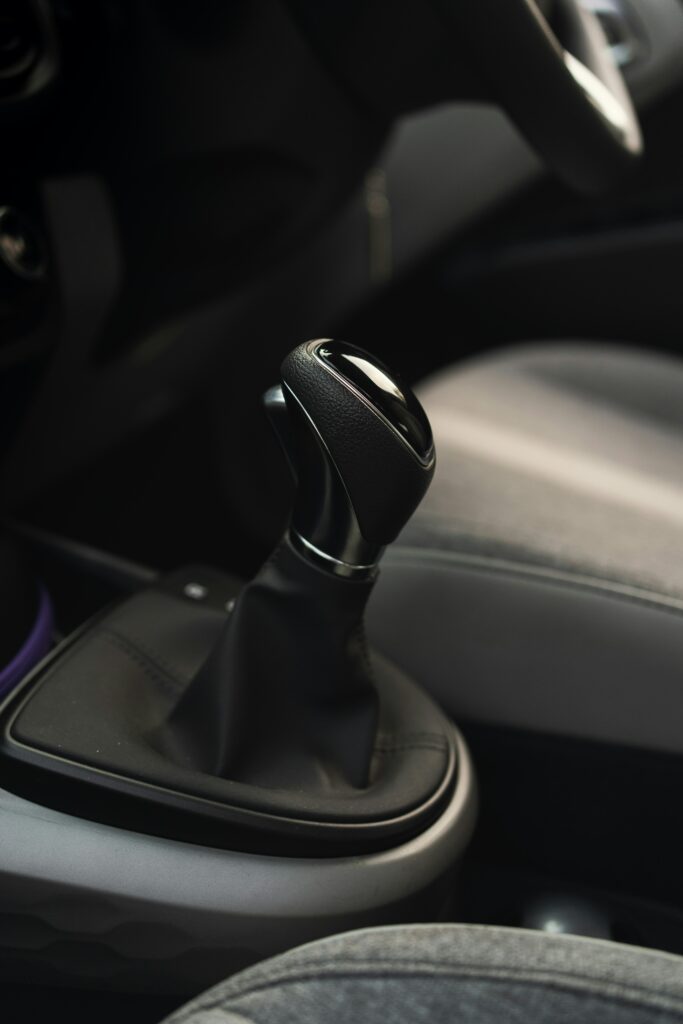
Example: Ford Focus has been notorious for transmission slipping and failure, especially in models from the early 2010s.
What to Look Out For: Difficulty shifting gears, slipping gears, and unusual noises when in gear.
Why It’s Important: The transmission is key to vehicle mobility. Early diagnostics and repair can avert costly overhauls.
6. Oil Leaks

Example: Audi A4 has been commonly associated with oil leaks, particularly in older models.
What to Look Out For: Puddles under the car, smoke from the engine area, and low oil levels.
Why It’s Important: Oil is essential for engine lubrication. Fixing leaks helps maintain engine performance and longevity.
7. Faulty Alternator
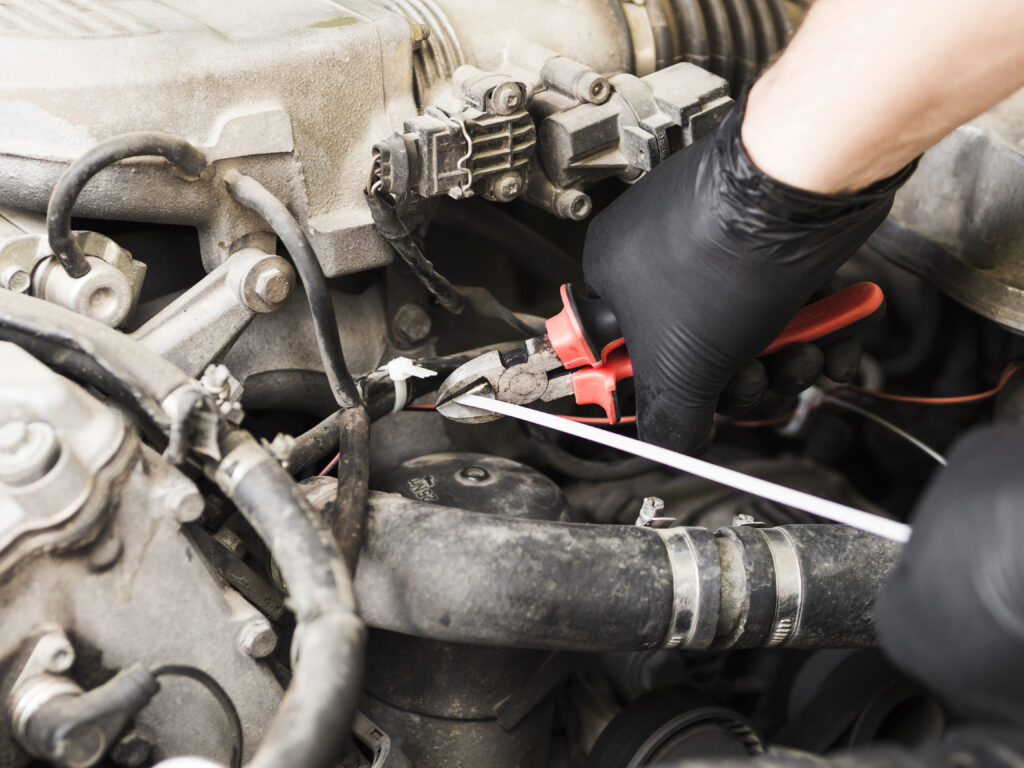
Example: Toyota Corolla has had issues with alternator failures, affecting its electrical systems.
What to Look Out For: Dimming lights, dead battery, and electrical issues.
Why It’s Important: The alternator charges the battery and powers the electrical system. Replacing a failing alternator can prevent other electrical failures.
8. Worn Out Windshield Wipers

Example: Subaru Outback users have reported quick wear and tear on windshield wipers.
What to Look Out For: Streaks on the glass, squeaking sounds, and reduced visibility during rain.
Why It’s Important: Clear visibility is critical, especially in adverse weather. Replacing wipers regularly helps maintain visibility and safety.
9. Malfunctioning Sensors
Example: Mercedes-Benz E-Class models have reported issues with malfunctioning sensors affecting the performance and dashboard displays.
What to Look Out For: Erratic behavior, poor performance, and warning lights on the dashboard.
Why It’s Important: Sensors monitor and manage car functions; faulty sensors can lead to incorrect data and poor performance.
10. Ignition System Failures
Example: Chrysler Town & Country has experienced problems with its ignition system, leading to stalling and difficulty starting.
What to Look Out For: Engine misfires, difficulty starting, and decreased power.
Why It’s Important: A well-functioning ignition system ensures smooth engine operation and optimal fuel efficiency.
Conclusion
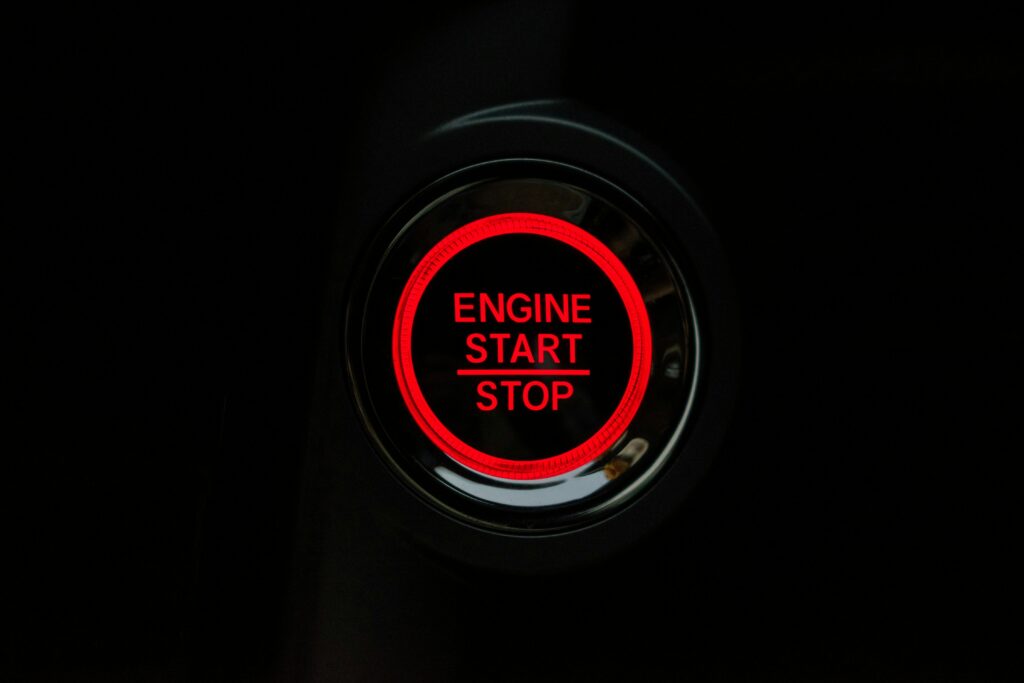
Being aware of these common car problems and understanding their warning signs can greatly enhance your ability to maintain your vehicle effectively. Regular maintenance, combined with a proactive approach to car care, will keep your vehicle running smoothly and reliably. Always consult with a professional mechanic for complex issues to ensure your car is in the best hands.

